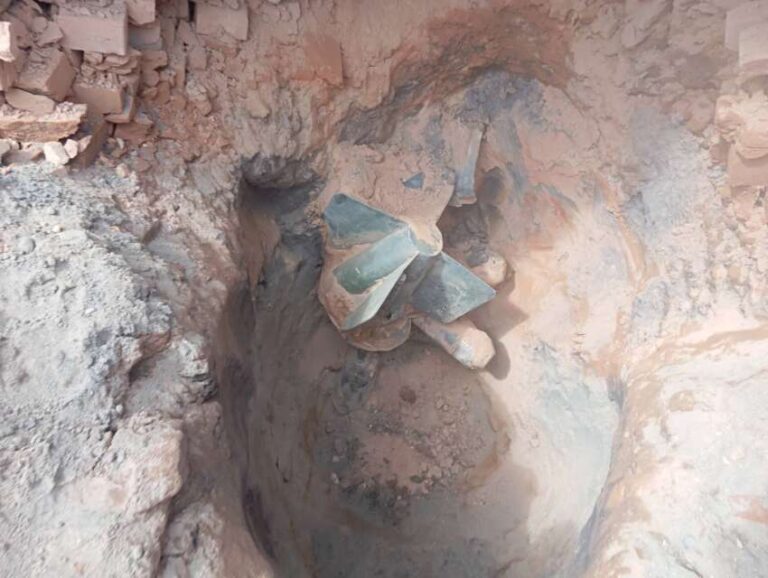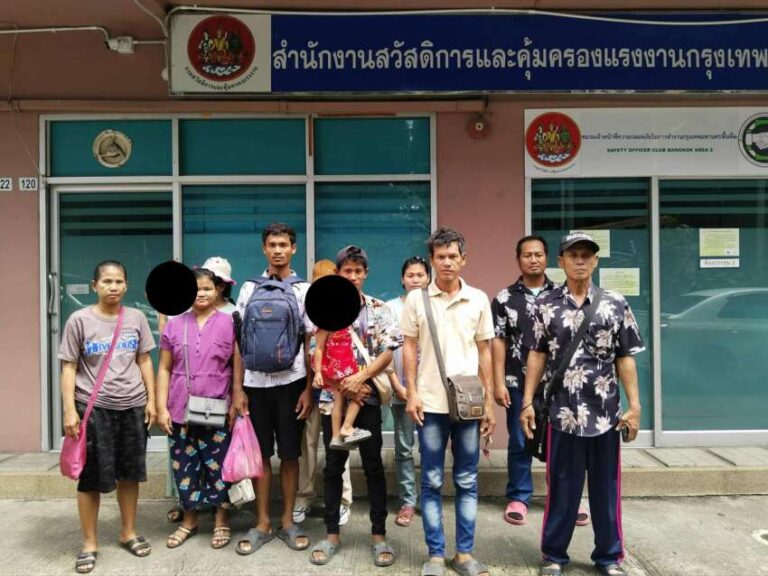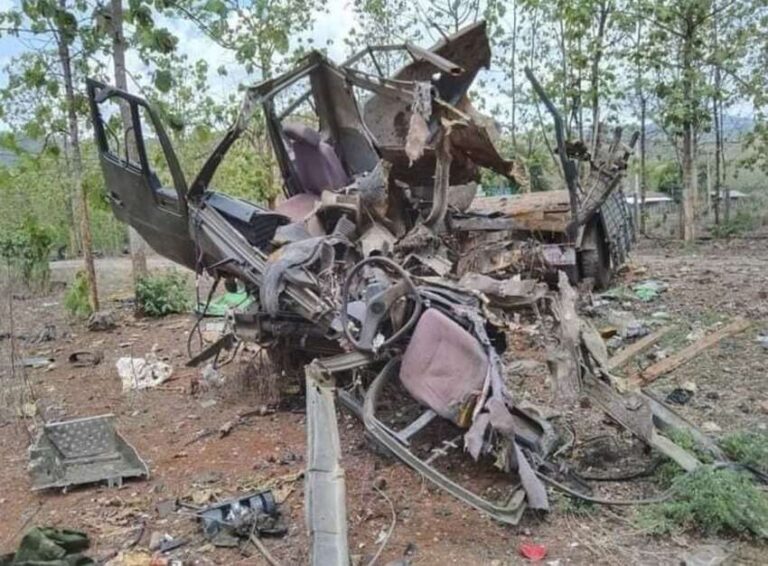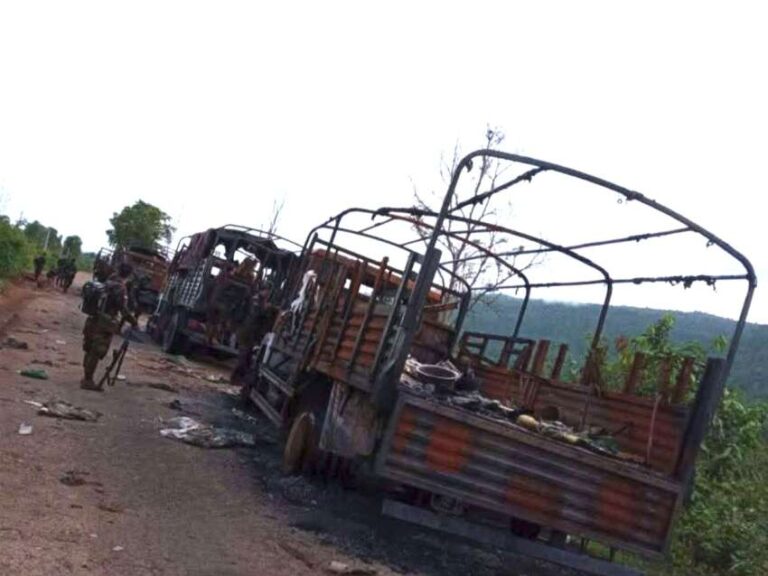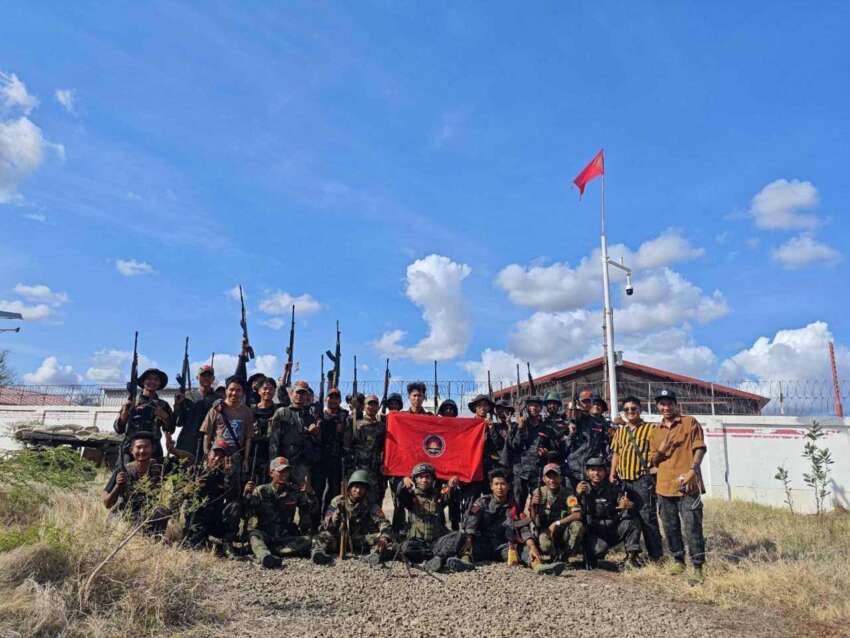
A military council camp guarding the Chinese-owned gas pipeline and gas compression station near Thanzin village in Natogyi Township, Mandalay Region, has been captured by revolutionary forces, according to an official from the 8th Battalion of Myingyan District. During the battle, four military council soldiers were killed and multiple weapons were seized.
The battle began at 6 AM on May 15 as part of Operation 9/Anyamyay. Despite the military council’s aerial bombardment, revolutionary forces successfully captured the camp by 3 PM the same day. During the operation, they seized one UC-type rifle, one MA-3 rifle, and one generator. The battalion official provided detailed information about the engagement.
The military council camp was defended by approximately 15 personnel, of whom four were killed in the battle. The revolutionary forces also destroyed bunkers within the camp. After the battle, the remaining military council soldiers fled to Natogyi town and have not returned to the camp since then. The attack was carried out through coordination between the 8th Battalion of Myingyan District and the People’s Defense Force of Natogyi Township.
During the battle, one People’s Defense Force member was killed, and another sustained minor injuries from the military council’s air strikes. Military analysts consider this battle politically significant as it demonstrates the military council’s inability to protect Chinese economic interests. Revolutionary sources note that this operation marks a crucial turning point in showing that the military council can no longer effectively secure strategic infrastructure.
The success of this operation by revolutionary forces indicates that China may need to establish relations with Myanmar’s revolutionary groups, according to sources close to ethnic revolutionary organizations. They analyze that building relationships with revolutionary forces has become essential for protecting Chinese economic interests in the current situation. The capture of this strategic position highlights the shifting dynamics in the region and the military council’s weakening ability to maintain control over key infrastructure projects.
